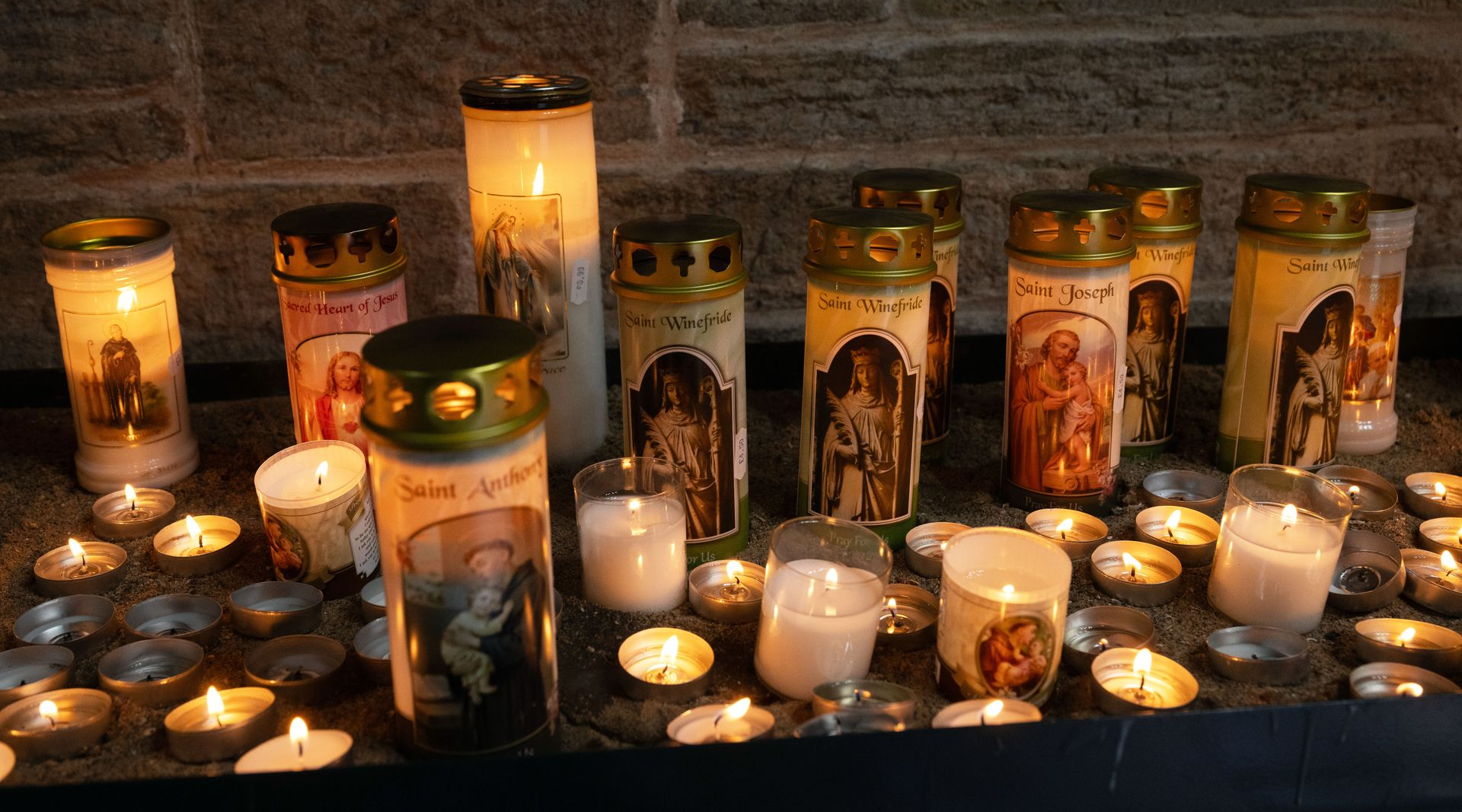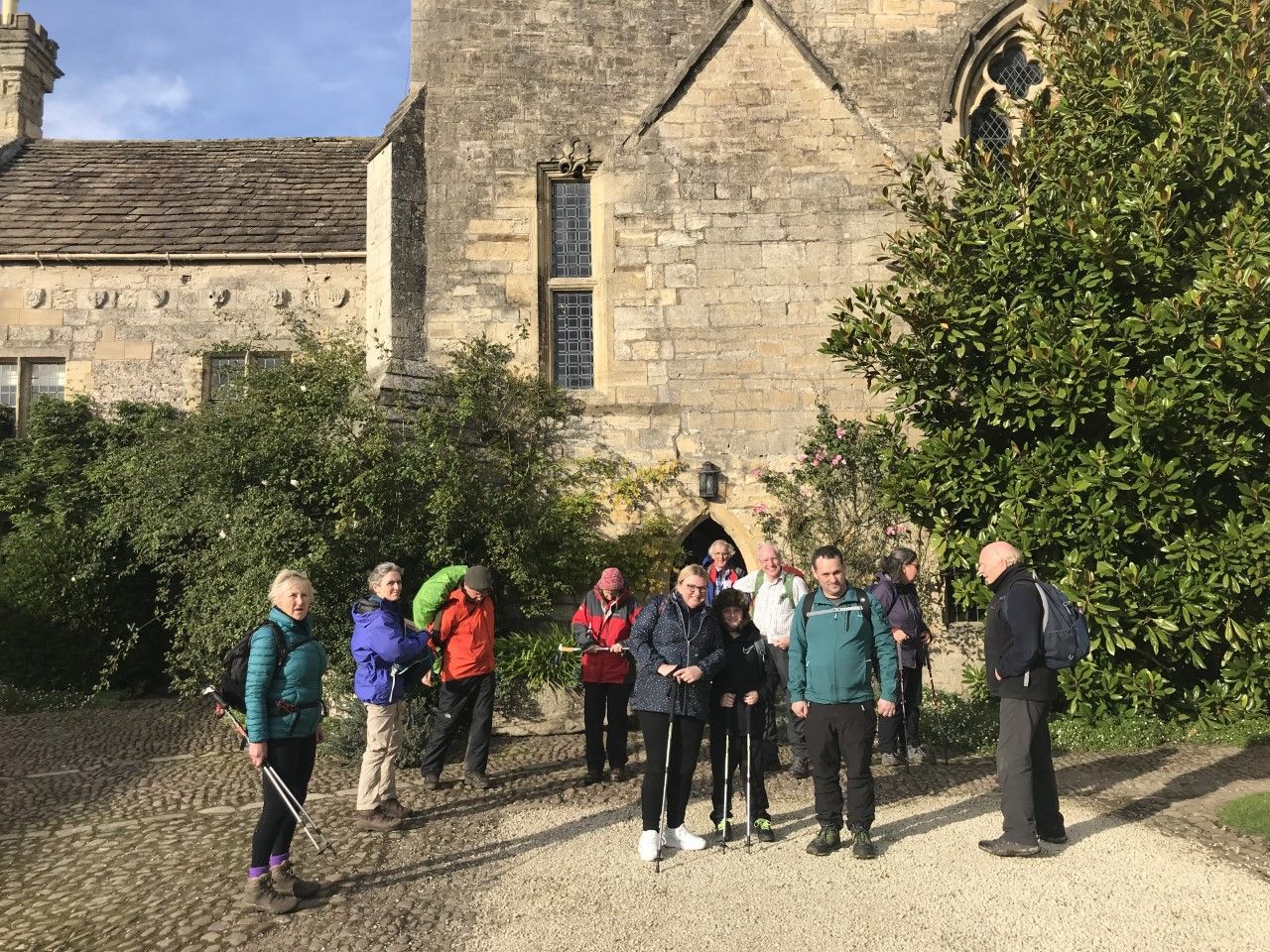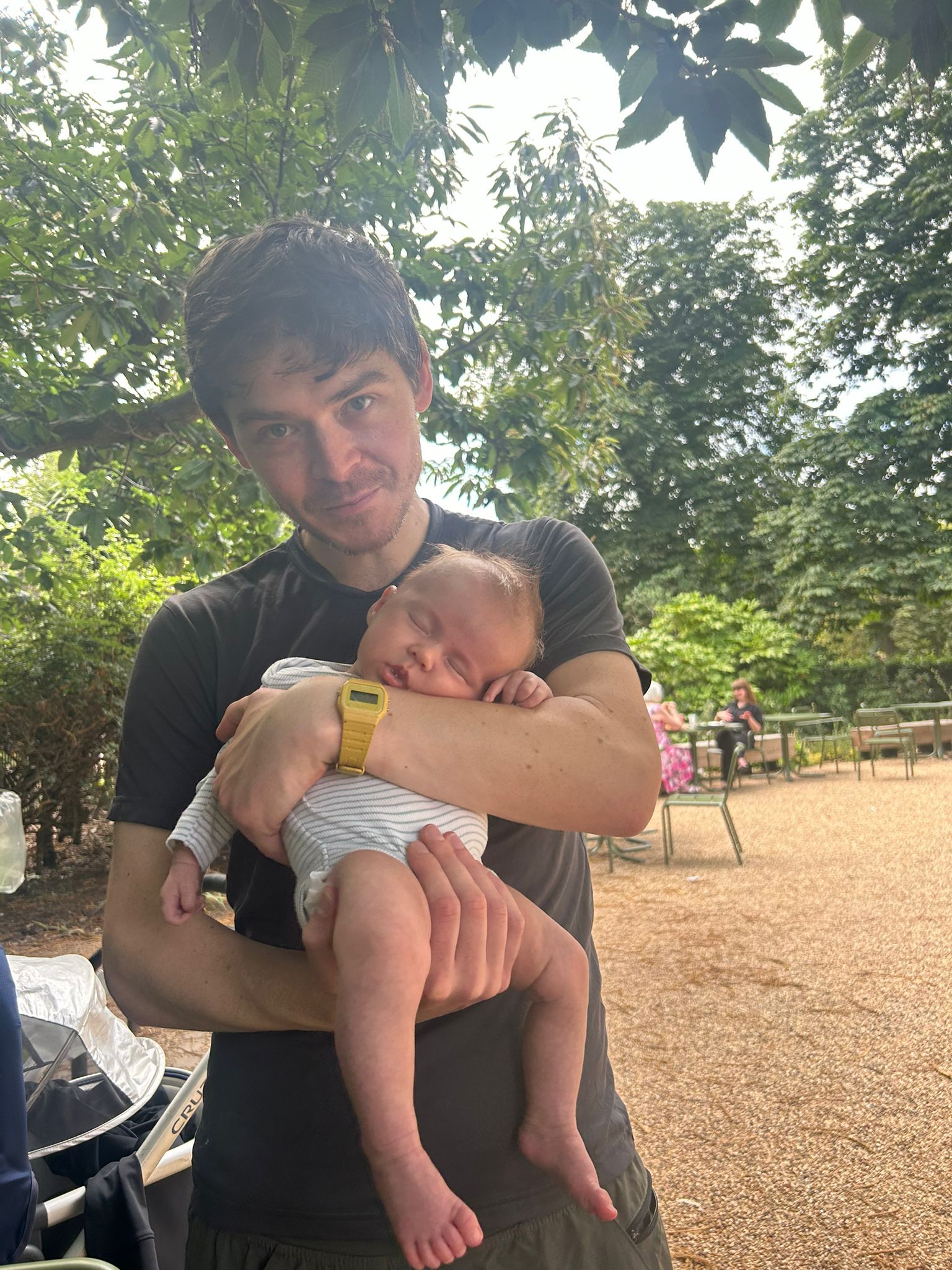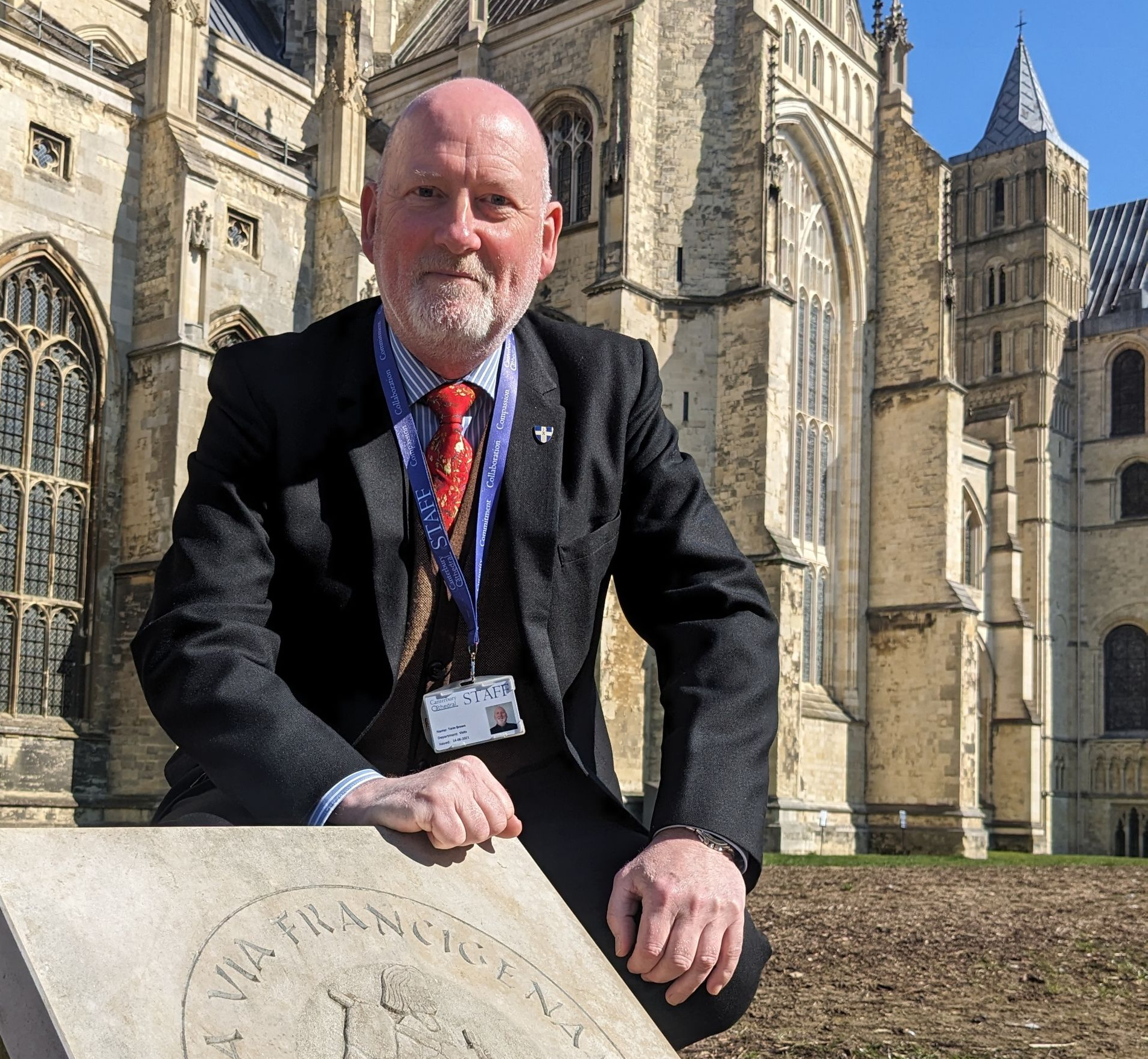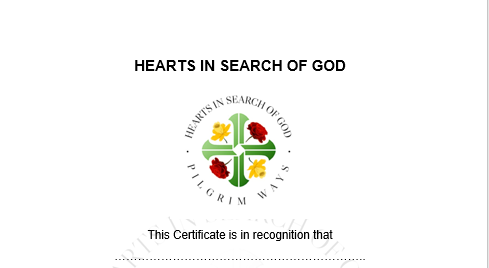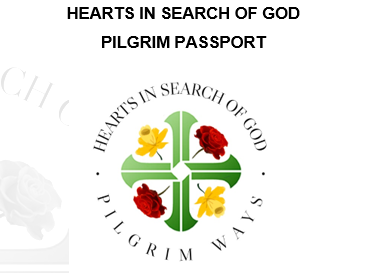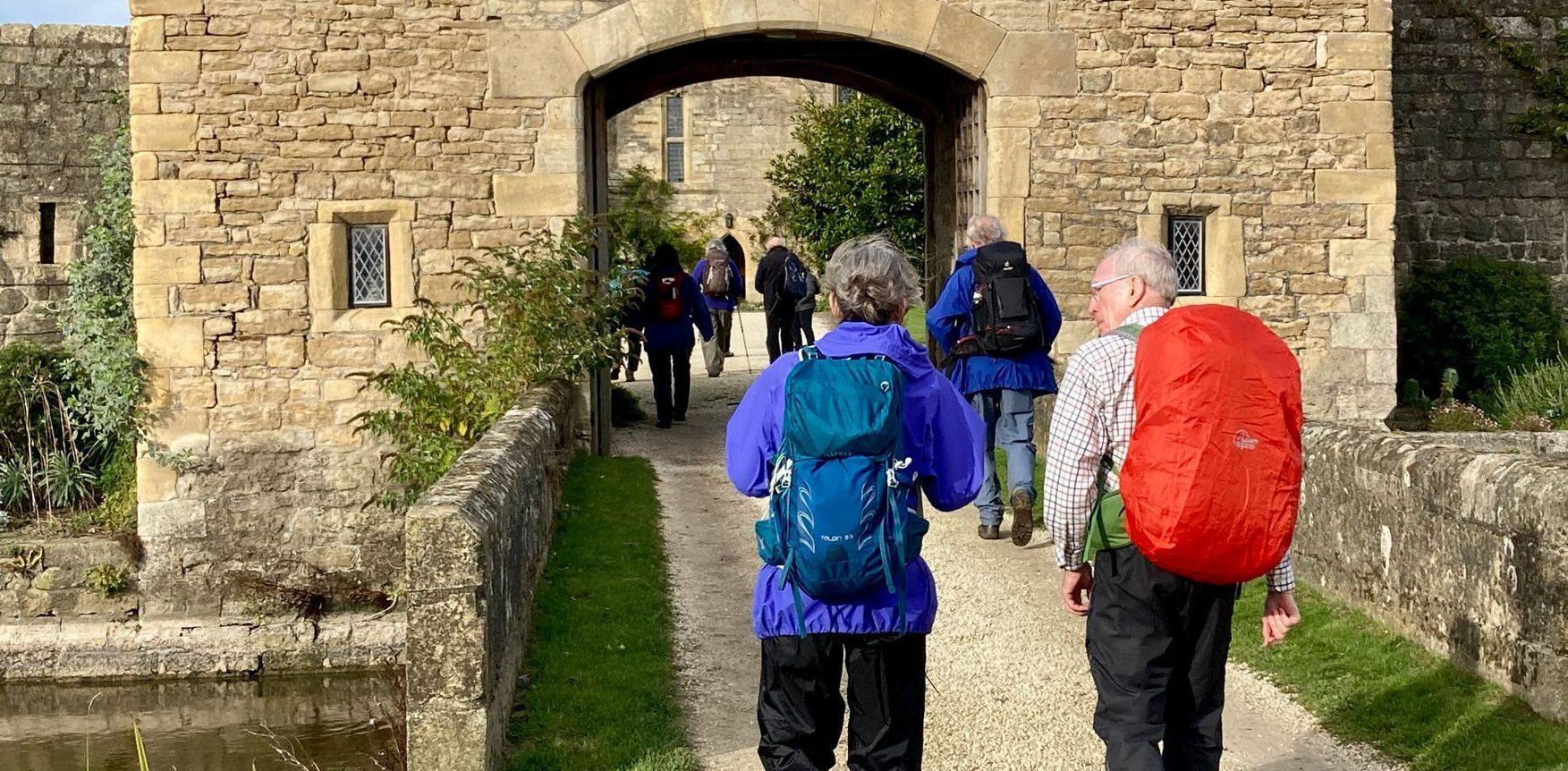Why attend the annual LMS Walsingham pilgrimage
I grew up always thinking England a bleak and miserable place. I also grew up without the Catholic Faith. I don’t believe these two facts are unrelated. I no longer think England is either of those things. The beauty and storied sides of our country, its spiritual character worthy of reverence and devotion, is visible to me now in a way it never used to be.
In some locations this is more strongly felt – it’s modestly fair to say Slough and Luton move me to affection somewhat less strongly than do York or Durham. But nowhere has profounder effect on me in this way than Little Walsingham. It’s perhaps the year’s biggest disappointment that I won’t be attending the Latin Mass Society’s annual pilgrimage to Walsingham this August. Since I first discovered and participated in it as a relatively new convert in 2022, I’ve attended every year since – and intend on doing so long into the future. Alas, this year plans were made for me by another. My hands are tied.
So, what’s the pilgrimage all about? Why does it, and its destination, have such a profound effect on myself and others? As with the neighbouring Chartres pilgrimage to the south, there’s a twofold sense of a faithful laity making steps to recover and reignite the sacred traditions of their faith – and a nation to recapture its ancient soul. As the French journey to their most beautiful medieval gothic cathedral, our English-led group starts from one uniquely charming old cathedral and monastery in Ely and heads to something altogether quainter and humbler. A little village, surrounded by sheep, where the Virgin Mary appeared – and her house was once held. England’s Nazareth. What occurs at Chartres is part of France’s rediscovery of its ancient character as la fille aînée de l’Église (the eldest daughter of the Church); the LMS reminds pilgrims that England is Mary’s Dowry, as Europe once knew.
England’s growing pilgrimage, which now leads more than 200 people, is smaller and more intimate than its French counterpart. Taking place on the last weekend of August, pilgrims are accompanied by traditional priests, Dominican and Franciscan friars, and a team of volunteers who cook and ensure a spiritually edifying, orderly, safe and enjoyable experience for all who attend. The remarks of Dr Joseph Shaw, who leads the pilgrimage, and the friendships and conversations struck up along the 57-mile three-day journey from Ely to Walsingham combine nicely with the homilies given at regular intervals during breaks, the beauty and power of the ancient Mass (celebrated in sung form daily), and the enchantment Walsingham herself. These human and divine elements curiously combine and complement each other emphatically over the course of the weekend in a way that strangely mirrors the incarnation which took place at Nazareth – an object of meditation as we near the old site of the Holy House at Walsingham.
It’s almost impossible not to strike up many friendships as you walk in chapters between praying the rosary together and singing a collection of sacred music, hymns, and secular songs. If you’re a twentysomething man you’re likely to make connexions over football or the gym or literature with your new friends, but you’ll share wisdom regarding prayer and the Faith just as much. What of the pilgrims themselves? Anyone who’s even remotely familiar with the traditional Catholic world will know there’s a certain portion of eccentricity – but there’s an overwhelming amount of normality and healthy sanity too that most wouldn’t expect. And even with the eccentricities, they’re almost without fail endearing. Grace builds upon nature, they say. It redeems and strengthens and polishes, bringing out what’s already there in the best light.
Nearing Little Walsingham, the group make their way first to the Catholic National Shrine where the old medieval “Slipper Chapel” is located. This chapel, rather promisingly and hopefully presciently, was found in ruins and returned to Christ’s Catholic Church by a lady who converted from Anglicanism in the 19th century. We arrive at this location singing the Palm Sunday chant Gloria, laus et honor – and after celebrating Mass, literally following in the feet of countless pilgrims of old; many pilgrims remove their shoes (hence “slipper” chapel) to walk the final mile barefoot to the old ruins and abbey grounds – where Our Lady appeared and the Holy House was kept.
I’ve often mused before on how places – like relics, the garment of Christ, or the shadow of St Peter – can be imbued with a kind of sacred power. Little Walsingham certainly feels that way. With its fine cobblestone Norfolk architecture, the greenery, and lack of noise – it feels not only pleasant but like a “thin place,” as a (presently) Anglican friend who works there once described it to me. It’s as if prayer is particularly easy and efficacious and you’re closer to the realms of the supernatural. The same friend recounted stories of ghosts and the unexplained recent and old attached to the village. Go and see for yourself.
What is certain is that it regularly, with the help of the penance and preparation of the excellent journey the LMS leads on the way the there, moves me. Every time I make new or renew lifetime friendships. My faith is emboldened. I’m reminded that in the spiritual life, most of us cannot do it as hermits and need the counsel, encouragement, camaraderie, or even friendly correction of likeminded souls. This is a place to find it. (And to potentially find a spouse; I know one or two married couples who met on the walk.) And so, tying this back to England and eccentricities: grace does build upon nature. It also gives the weary and cynical eyes to see.
The LMS Walsingham pilgrimage reminds participants of why they walk the hard and narrow path – of the beauty of their homeland, the goodness of their peers, and (courtesy the settings and the ancient Mass) the generosity and majesty of their God. I recommend all to go.
Thomas Colsy is a freelance journalist.
The 2025 LMS walking pilgrimage will be from Ely to Walsingham and will take place between Thursday 21st August and Sunday 24th August. For more information see the Society's website: www.lms.org.uk/walsingham-pilgrimage
Photograph credits: banner Joseph Shaw, icon John Aron
